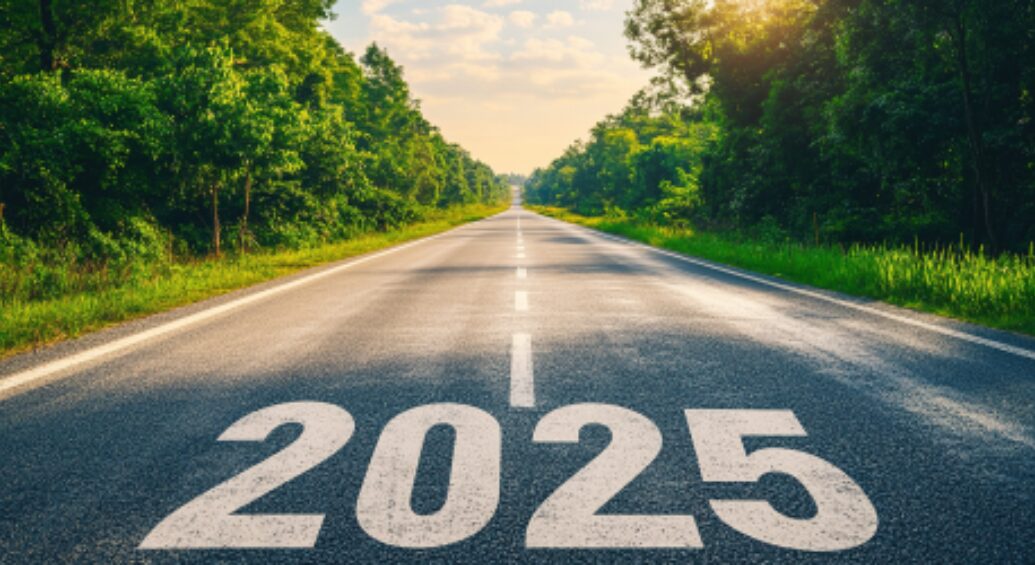Healthcare Consumer Experience Trends to Watch in 2025

It’s an exciting, if uncertain time in healthcare. Consumers, accustomed to receiving hyper- personalized messages from industries like retail and entertainment, now expect the same level of tailored interactions from their healthcare experiences. Some experience trends we’ve observed in previous years continue to be relevant, while new ones emerge in response to economic pressures and consumer demands. Keep reading for the full scoop on how experience will change in 2025, and how healthcare companies can leverage trends to improve engagement, trust, and their relationship with members and patients.
1. Artificial Intelligence (AI) - AI is rapidly reshaping many industries, and healthcare is next. While there’s no shortage of health data collected in electronic health records (EHRs), wearable devices, and mobile health apps, using that data to personalize healthcare experiences is a challenge many provider and payer organizations have yet to solve. AI can support the analysis and use of healthcare consumer data in a variety of ways:
- Flagging patient needs, risks and preferences, enabling providers to deliver more personalized care
- Capturing and documenting information in natural conversation, freeing up providers to engage with patients face-to-face
- Augmenting live support with generative chatbots, automated appointment reminders and medication prompts
- Using large language model (LLM) technology to develop consumer-centric communications
The takeaway: Despite the promise of AI, consumers are still wary and may have concerns about how it’s used. Build trust by setting and meeting consumer expectations, be transparent about member-facing AI interactions, and balance the benefits of AI with consumer concerns.
2. Advanced Personalization - Healthcare is deeply personal—far more than other consumer experiences, like buying a pair shoes. Yet the recommendations, promotions, and customer service consumers receive from a shoe company can feel more personalized than experiences in healthcare. Health plans and systems have extensive consumer behavior data but often struggle to leverage it for engagement, unlike direct-to-consumer industries, which excel at delivering highly personalized communications. Instead of segmenting on demographics or other categories, healthcare companies should aim for “N of 1” communications that help the consumer feel understood and guided toward beneficial action.
The takeaway: Connect and leverage individual consumer behavior data to personalize interactions and drive engagement.
3. Omni-Channel Customer Service – Personalization will only get you so far if it’s applied to siloed parts of the consumer experience. Healthcare consumers often share frustrations about repeatedly explaining their history to their health plan or providing the same information at every medical appointment. As with personalization, we can take lessons from DTC industries, like banking and hospitality, where integrated customer engagement platforms help meet communication preferences and build a seamless experience regardless of channel. Companies that can connect all the third-party solutions within the ecosystem to work together and feel seamless and integrated to the consumer will be the winners in providing a holistic experience.
The takeaway: Honor communication preferences and build cross-channel consistency to drive consumer confidence and the impression of a seamless experience.
4. Organizationally Holistic Communications – So you’ve built a highly personalized, omni-channel campaign leveraging AI, all aimed at driving consumer behavior change; the campaign deploys, and… nothing. Open rates are low, engagement is low, and you’re wondering what happened. Then you learn that in the week your campaign deployed, five other emails went out to the same customer pool from other teams and departments, all with similarly low engagement. Your targeted customers got six emails within a few days, all from your company, and didn’t read any of them. It’s not enough to know what you’re sending; you have to consider what customers are receiving and ensure your message cuts through the noise.
The takeaway: Centralize and/or govern communication strategies across the organization to minimize overwhelming consumers with too many messages and focus member attention on the most important information and actions.
5. Interoperability – All our communication tools and technologies are most effective when they work together to provide actionable consumer insights, yet the proliferation of healthcare apps has not led to greater interoperability. Instead of deepening an organization’s understanding of the user data it already has, new solutions can create siloed repositories of information that are difficult or impossible to connect to existing systems. Before buying into yet another app or technology solution, consider how they will work with the systems you already have in place.
The takeaway: While it’s tempting to adopt new and promising tech to support consumer engagement, health plans and providers should evaluate how those solutions will enrich the data they already have.
Looking Ahead in 2025
In 2024, we saw advances that supported the kind of true personalization consumers have come to expect in other industries making their way into healthcare. The challenge for healthcare organizations is clear: adapt to these shifts and harness them effectively to transform member and patient interactions. Engagys is your partner for understanding how these trends can shape and enhance your consumer engagement in 2025 – connect with us to learn how!


